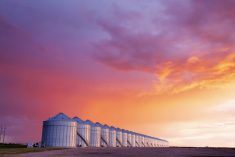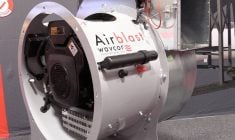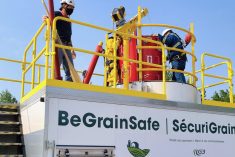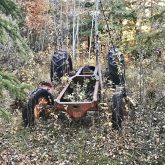Everyone is impressed this year with improved grain handling efficiency across Western Canada and that is a good thing. In some recent years with bottlenecks and mysterious delays in grain movement, it was almost like the rail companies were surprised Western Canada had grain and other commodities that needed to be moved to export position. And who can blame them, Canadian farmers and grain companies have only been doing it for the past 120 years or so.
I should lose the sarcasm and just be grateful that commodities are moving quite smoothly to export terminals — rail cars are available, there are no railway blockades and even the weather is co-operating so far. I know there are several factors that contribute to increased efficiencies, but one aspect that really impressed me are just how big trains are these days.
Read Also
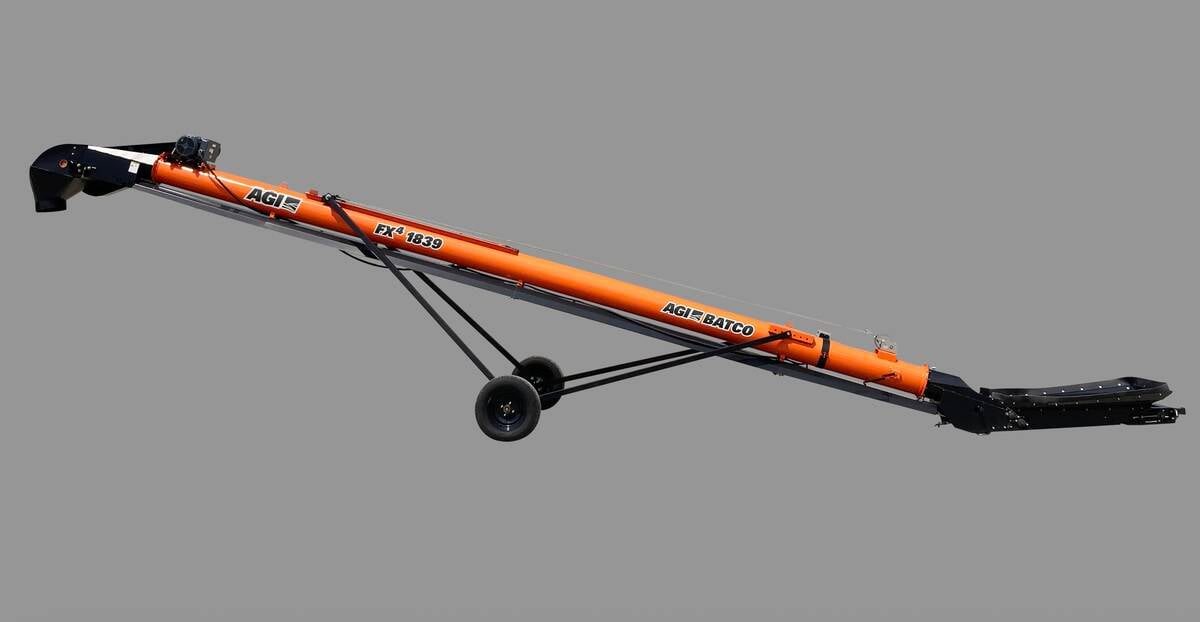
AGI rolls out two new high-throughput grain conveyors
For grain growers needing to move a lot of bushels quickly, AGI offers two new high-throughput conveyors: the gas-over-hydraulic FX4 SP, and the top-drive electric FX4 18S.
It is a detail I don’t normally keep track of, but my mind was stuck in the past thinking that most grain rolled off the Prairies in mile-long- (5280 foot) unit trains. My information was out of date.
In a 2019 report, I believe Canadian National Railway (CN Rail) cited its average train is about 12,000 feet long or just a little over two miles long, and they can even put 15,000-foot-long or nearly three-mile-long container trains into service. Most grain trains are about 8,500 feet (about 1.5 miles) long.
The first trains I remember as a kid growing up in eastern Ontario, were steam-powered passenger trains running between Toronto and Montreal. Going south from the farm to Morrisburg by the St. Lawrence River you came to the CN line, and if we went north to my hometown of Chesterville was the Canadian Pacific Rail (CP Rail line). My uncle and aunt, who lived in Montreal, would come to visit on CN passenger service, while a friend of my grandparents, who sometimes visited from Toronto, arrived by CP Rail. The steam engines were replaced by diesel by 1960.
Getting back to modern times in Western Canada, the grain trains today do not only have the potential to be longer, but both major rail lines are now adding new higher capacity grain cars to their fleets. They are known as High Efficiency Product or HEP cars.
CP purchased 5,900 of the brand new redesigned high-capacity hopper cars that can carry 15 per cent more grain by volume and 10 per cent more by weight than the older cars they are replacing.
By late 2020, CP had added more than 3,700 new hopper cars in service with the rest to come in 2021. Overall, approximately 68 per cent of CP’s grain fleet is composed of a higher capacity hopper car.
And over the last couple of years, CN also bought about 2,500 of these new generation hopper cars being built at National Steel Car in Hamilton, Ont., and expects to have most of them rolled into service by early 2021.
And interestingly enough, the overall dimensions of the new cars are smaller than the old Government of Canada hopper cars. The new ones are 55 feet, 8-inch-long hoppers with a capacity of 5,431 cubic feet, compared to old standard jumbo hopper cars at 5,150 cubic feet and 58-plus feet long.
So, the rail companies use these new cars to put together 8,500-foot-long trains, (the old standard was 7,000-foot-long trains) that can carry 40 per cent more grain.
To accommodate these 8,500-foot trains, elevator companies have or are in the process of redesigning siding facilities. About 30 Prairie elevators so far have built these big loop sidings (a big circle of tracks) that can accommodate the full length of the train as it pulls up to the elevator to be loaded. South West Terminal at Gull Lake, Sask., however, took a different approach. They built three 8,500-foot parallel tracks for the siding leading up to its elevator. They say the multiple parallel track offers flexibility. They can have one train loading grain on one track, while another train unloads fertilizer on a different track. And some facilities are building hi-bred or semi-loop design sidings for the longer trains.
Vancouver and Prince Rupert terminals to the west, Thunder Bay to the east, the Ceres Terminal at Northgate, Sask., going south, Churchill, Man., to the northeast and if the A2A Rail Line between Alberta and Alaska to the northwest ever gets built, with most of these terminals being serviced by high-capacity grain trains, in theory frustration of getting commodities delivered to market should be a thing of the past.






